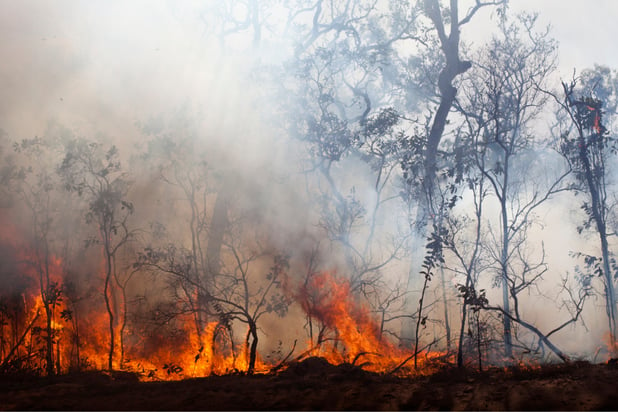

Insured losses from the rare winter wildfire that razed two towns and destroyed nearly 1,000 homes in Boulder, Colorado are expected to hit $1 billion, recent estimates from Karen Clark & Company (KCC) have revealed.
The catastrophe risk modelling firm told Reuters that although the wildfire season in the state does not typically extend into winter, the Marshall fire was part of a general trend of longer fire seasons and drier kindling in the western US brought about by rising global temperatures.
Data gathered by KCC showed that the fire has burned about 6,000 acres, with about 1,000 structures destroyed and more than 100 damaged - as of Tuesday. The amount of damage puts it just after the Pine Gulch fire in 2020 as the state’s largest, according to the firm.
Figures obtained by risk modelling firm AIR, meanwhile, revealed that there were 1,725 homes within the Marshall burn area, with a total value of $825 million.
“The Marshall Fire became the most destructive fire in Colorado history partially due to its location in the wildland-urban interface – the region where unmanaged or natural vegetation meets urban expansion,” Jeff Amthor, assistant vice-president at AIR, told Reuters.
Amthor added that in 2018, the Colorado State Forest Service reported that almost half of Colorado’s population now lives in urban areas affected by wildfires – a 50% rise in just five years.
Read more: Wildfire victims are largely underinsured
According to KCC, climate change has resulted in the prevalence of “secondary peril” weather events that are smaller but less predictable. These include hurricanes, wildfires, winter storms, and hailstorms.
The firm added that these secondary perils create risk management challenges for insurers and causes premiums to rise.
